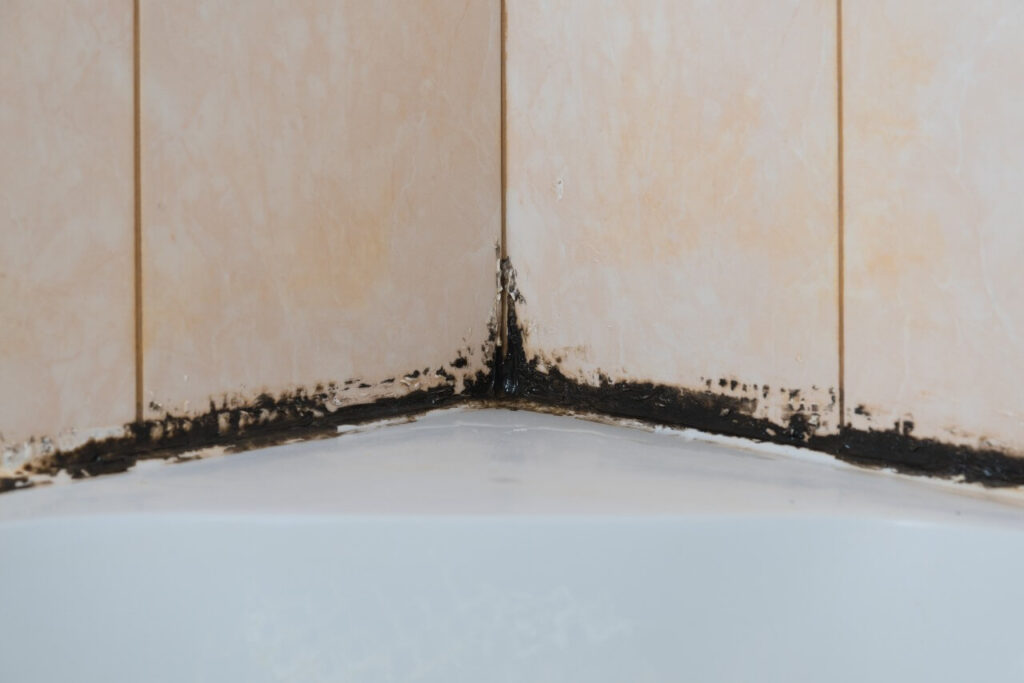
Introduction:
Have you noticed a weird smell in your bathroom? Discolored growths on your walls, sink, or shower? Are you seeing an increase in respiratory issues when using the restroom? These could all be signs of mold and mildew, which not only affect the cleanliness of your bathroom but also pose potential health risks. In this article, we’ll explore effective strategies to prevent mold and mildew from taking hold in your bathroom, ensuring a clean and healthy environment for you and your family.
Difference Between Mold and Mildew:
Understanding the difference between mold and mildew is essential for effective prevention. Mold typically appears as fuzzy, textured growth in darker colors such as green or black, while mildew tends to be flat and powdery, often appearing white or yellowish. Recognizing these distinctions can help you identify and address potential issues in your bathroom more effectively.
Signs of Mold in Bathrooms:
To effectively prevent mold and mildew growth, it’s crucial to be aware of the signs that indicate their presence:
- Visible mold or mildew: Check damp areas like shower stalls, sinks, and around toilets for any signs of growth, such as dark spots or powdery patches.
- Mildew smell: A musty or damp odor in the bathroom can indicate the presence of mildew, signaling the need for further inspection and prevention measures.
- Water damage or leaks: Any signs of water damage, such as discoloration or peeling paint, should be addressed promptly to prevent mold and mildew growth.
- Respiratory issues: If you or your family members experience respiratory issues like coughing, sneezing, or irritation after using the bathroom, it could be due to mold spores in the air.
Preventive Measures:
- Clean regularly: Develop a routine cleaning schedule to remove moisture and dirt from surfaces, making it difficult for mold and mildew to thrive.
- Dry it out: Proper ventilation is key to preventing moisture buildup. Ensure your bathroom is well-ventilated, especially after showers, and promptly dry wet surfaces to discourage mold growth.
- Fix leaks: Address any plumbing leaks or drips promptly to eliminate potential sources of moisture that mold and mildew thrive on.
- Maintain ventilation fans: Keep your bathroom ventilation system in good working order to promote airflow and reduce humidity levels, creating an inhospitable environment for mold and mildew.
- Replace cracked shower grout: Cracked or deteriorating grout can provide an entry point for water, leading to mold growth. Replace damaged grout and seal it properly to prevent moisture infiltration.
- Remove current mold and mildew: If you discover mold or mildew in your bathroom, take immediate steps to remove it using appropriate cleaning products and techniques. For extensive or stubborn growth, consider seeking professional assistance for thorough removal.
Conclusion:
By implementing these preventive measures, you can effectively combat mold and mildew growth in your bathroom, ensuring a clean and healthy environment for you and your family. Stay vigilant for signs of mold and mildew, and take proactive steps to address any issues promptly. With regular maintenance and attention to detail, you can enjoy a mold-free bathroom and peace of mind knowing your home is a safe and healthy place to be. Contact us today for a mold-free bathroom.
